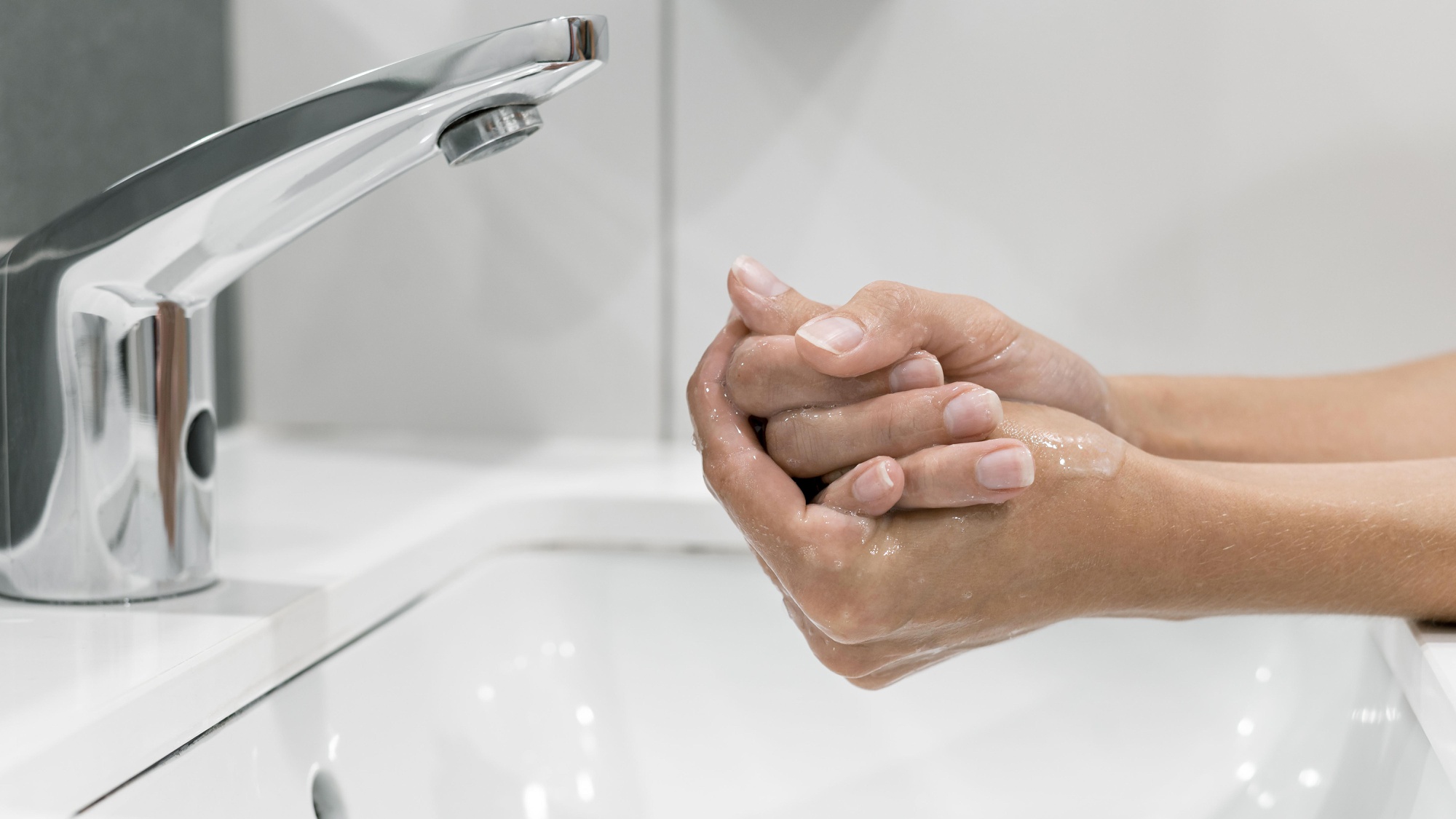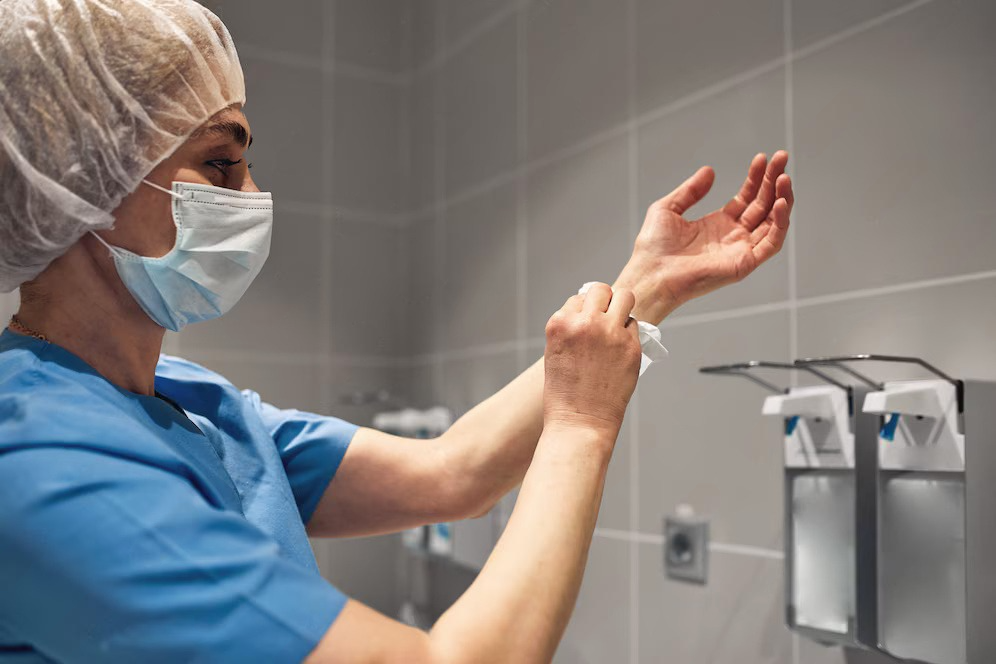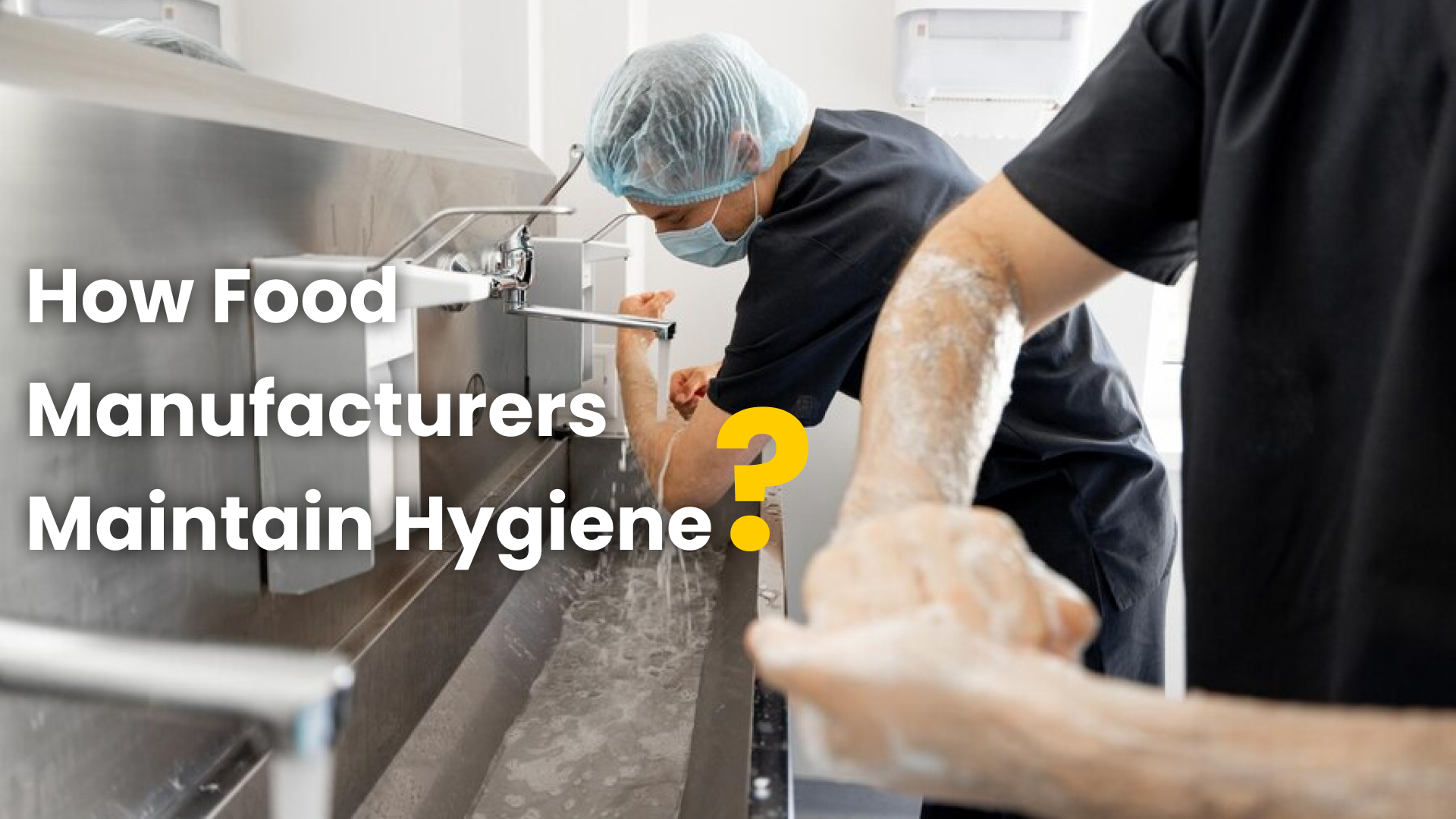Have you ever gone into a public restroom and seen an automatic tap that will automatically turn on or turn off? That’s a sensor tap! These taps are powered by clever technology that detects motion, allowing you to get water without touching the tap. So why are they better than traditional taps?
Sensor taps are gaining more popularity in homes, offices, restaurants, and public places in our dynamic world, where cleanliness, water savings, and ease of use are the key features. They provide a hands-free, effective, green way to conserve water and energy.
This explains the different advantages of sensor taps and why they are a more sensible technology in modern life.
What Are Sensor Taps?
Sensor taps (automatic/touchless taps) are water faucets that work with infrared or movement sensors. These sensors sense hands in the washbasins and automatically turn the water on or off. It removes the physical touch and is cleaner and more efficient than the classical taps.
Sensor taps are increasingly used in homes, commercial buildings, hospitals, and public bath areas because of their features of conserving water, reducing germ transfer, and ease of use.
How Are Sensor Taps Better?
More Hygiene—No Touch, No Germs!
The most important benefit of sensor taps is hygiene. With traditional taps, users turn handles that can become breeding grounds for bacteria and viruses. This is of special concern within one public space in which many different people handle the same tap.
There’s no contact required with sensor taps. These are highly beneficial at hospitals, restaurants, and households since they minimize the risk of spreading germs and ensure better hand hygiene.
Saves Water—No More Wastage
Did you know a traditional tap can waste 6L of water in a minute if left running? Sensor taps only work when required, preventing wasted water.
As sensor taps stop the water flow once the hands are removed, the taps also conserve water. They are a fully eco-friendly choice, contributing to sustainability and lowering water bills.
Affordable and Energy Efficient
Sensor taps utilize small amounts of energy derived from batteries or electrical connections. They are more expensive to install but tend to save money over time by using less water and energy.
This leads to industries and homes saving on their utility bills, and it progressively becomes a worthy investment.
Convenience and Ease of Use
Just imagine you are cooking and your hands are in soap, or you have dirty hands, and you try to turn on the tap. Sensor taps solve this issue, as they dispense water without physical touch.
They are particularly advantageous for children, the elderly, and people with disabilities who may struggle to use traditional taps. A hands-free experience brings a convenient and practical way of performing day-to-day jobs for every individual.
Prevents Overflow and Leakage
With traditional taps, people tend to forget to turn them off sometimes, resulting in wastage of water when it spills out of the sink or basin. Older washers can also wear out, leading to leaks and even more water loss.
Sensor taps shut down within a couple of seconds when not in use, avoiding incidental flooding and decreasing maintenance expenditure due to leaks.
Stylish and Modern Design
In addition to their functionality, sensor taps are aesthetically pleasing for any environment. They bring contemporary, sleek designs that enhance the elegance of bathrooms and kitchens.
As a luxury, sensor taps are commonly installed in luxury hotels, offices, and residences, which prefer hands-free contact for aesthetic and practical reasons. The futuristic look makes them the perfect element of any interior.
Reduces Cross-Contamination
Cross-contamination is a big concern in kitchens and hospitals. Bacteria and germs spread easily when hands touch a surface. Solution: Sensor taps provide touch-free water flow and remove such risks.
This makes them perfect for food prep zones, medical facilities, and anywhere hygiene is at the forefront.
Low Maintenance and Durable
Sensor taps are designed with high-quality materials such as stainless steel and brass for durability. While traditional taps are notorious for mechanical failure, with worn-out washers and handles requiring frequent repair, sensor taps have fewer mechanical parts that can break down.
Because they work automatically, they are less prone to wear and tear, making an automated and cost-effective long-term investment.
Sensor Taps: Where can they be used?
Sensor taps are ideal for use in:
- Homes: Improving hygiene in kitchens and bathrooms.
- Restaurants and Cafés: Keeping food preparation areas hygienic.
- Hospitals and Clinics: Tried and tested methods to halt the spread of infections
- Schools and Universities: Promote water conservation habits in students.
- Best use case: airports and shopping malls, where it provides a convenient solution in high-traffic areas.
- Hospitality and Retail: Stylish and modern upgrade
Conclusion
Sensor taps: Not a luxury but a need of the hour. From better hygiene and water savings to energy efficiency and convenience, there are many advantages to these units. Sensor taps are a smarter, more sustainable approach to water access for homes, businesses or public spaces.
So, opt for sensor taps, and you will make a difference by moving towards a cleaner, greener, and more efficient future. So, why limit itself with the uses of a traditional tap when there’s a better, smarter option?
Is your facility prepared for the touch-free revolution? You just have to feel the benefits for yourself with sensor taps in your installation today.



